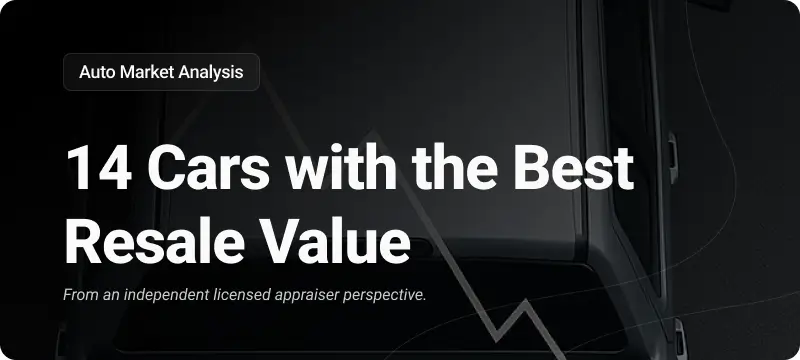Ups and Downs Towards Zero-Emission Commercial Vehicles
The trajectory of electrification in the US tractor-trailer sector is on a steep incline, propelled by stringent emissions regulations slated for 2030, emerging technologies, and improvements in zero-emission vehicle (ZEV) cost dynamics, especially concerning hydrogen. Despite the promising ascent, the road to widespread adoption of electric and hydrogen-powered big rigs faces considerable obstacles.
You can access the PDF of this article by clicking here.

Factors Promoting Zero-Emission Adoption
Factors such as the Inflation Reduction Act (IRA), proposed modifications to Greenhouse Gas (GHG) Phase 2 standards, and forthcoming GHG Phase 3 standards for model years 2028-2032 have significantly bolstered optimism for ZEV and near-ZEV commercial vehicles.
Projections now estimate a surge in medium-term ZEV commercial vehicle registrations in the United States, reaching nearly 140,000 annual new registrations starting in 2030, capturing over 25% of the Class 4-8 medium- and heavy-duty truck market.
However, despite expectations of a future dominated by battery-powered Tesla Semis and hydrogen-fueled vehicles like Nikolas, considerable challenges persist on the path to mass adoption. Recent forecasts indicate higher unit volumes and a more accelerated transition away from traditional internal combustion engines (ICE), with a compound annual growth rate (CAGR) soaring from 70% to 109% in just two forecast rounds.
The bullish outlook for 2030 aligns with increasingly ambitious government regulations and incentives, exemplified by the IRA, proposed GHG Phase 3 standards, and other regulatory measures. These include tax credits and vouchers, providing a carrot-and-stick approach to meet emissions targets. The Advanced Clean Trucks and Advanced Clean Fleets rules in California exemplify the push toward zero-emission commercial vehicles, mandating manufacturers and fleets to transition gradually.
ZEVs Are Still Facing Setbacks
Despite these regulatory initiatives, recent market performance for ZEV medium- and heavy-duty commercial vehicles (MHCVs) has fallen short of expectations. Supply chain challenges, similar to those faced by traditional diesel truck manufacturers, have impeded the production of ZEV vehicles. These challenges are particularly pronounced for ZEV startups, which often contend with tighter capital, steeper borrowing rates, and lower volumes.
The current high cost of hydrogen fuel, surpassing diesel prices, remains a significant barrier for potential buyers. The Inflation Reduction Act’s incentives, especially for hydrogen-powered vehicles, aim to alleviate the cost burden, potentially making hydrogen a more competitive option. However, the majority of technology-forcing mandates operate as regulatory sticks, emphasizing the implementation of cleaner technologies for commercial vehicles.
Looking ahead, advancements in battery electric trucks and fuel-cell electric trucks are expected to drive increased efficiency, reduced costs, and wider market adoption. With next-generation battery technology and innovations in hydrogen-related technologies, electric trucks are anticipated to become more competitively priced over the next two decades.
Indirect factors, such as corporate pledges for carbon neutrality, also play a role in driving demand for ZEVs. Large companies, including PepsiCo, Amazon, and FedEx, have committed to carbon-neutral goals, driving their aggressive purchases of zero-emission vehicles.
In Conclusion
While regulatory momentum is building, challenges persist in the journey toward a zero-emission commercial vehicle future. Alignment of regulations, market demand, and technological advancements are essential to overcome hurdles and accelerate the widespread adoption of ZEVs in the medium- and heavy-duty truck market.
This other article offers more insights on the Electric Vehicle sector: Tesla’s Charging Technology Draws Automakers’ Attention





